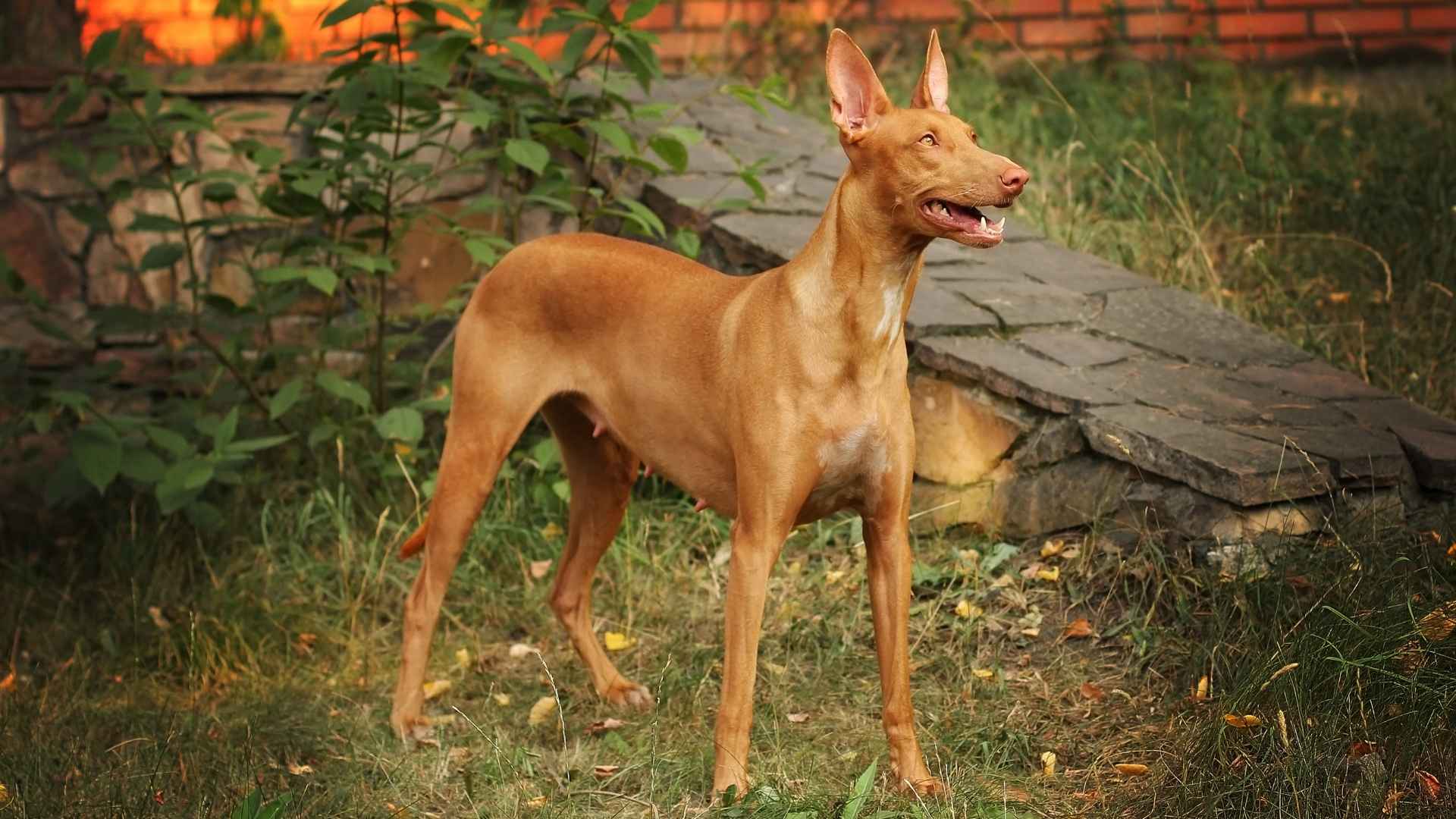Long before modern canine companions lounged on couches or frolicked through suburban parks, their ancestors walked alongside early humans through the mists of time. Domestication likely began tens of thousands of years ago—some estimates stretch as far back as 130,000 years—marking one of the oldest human-animal bonds in history. These loyal creatures served as hunters, herders, protectors, and companions across evolving civilizations and shifting landscapes.
Although many ancient breeds have disappeared through the centuries, a remarkable few have stood the test of time. Their endurance is not only a testament to their adaptability but also to their profound connection with humans. Whether in the palaces of emperors or herding sheep across rugged terrains, these breeds maintained their core traits and distinct personalities.
In this article, we celebrate these time-honored canines—10 ancient dog breeds that are still thriving today. From royal lapdogs to resilient working hounds, their fascinating stories reveal a living link to our shared history with dogs.
Ancient Dog Breeds Still Around Today
1. Alaskan Malamute
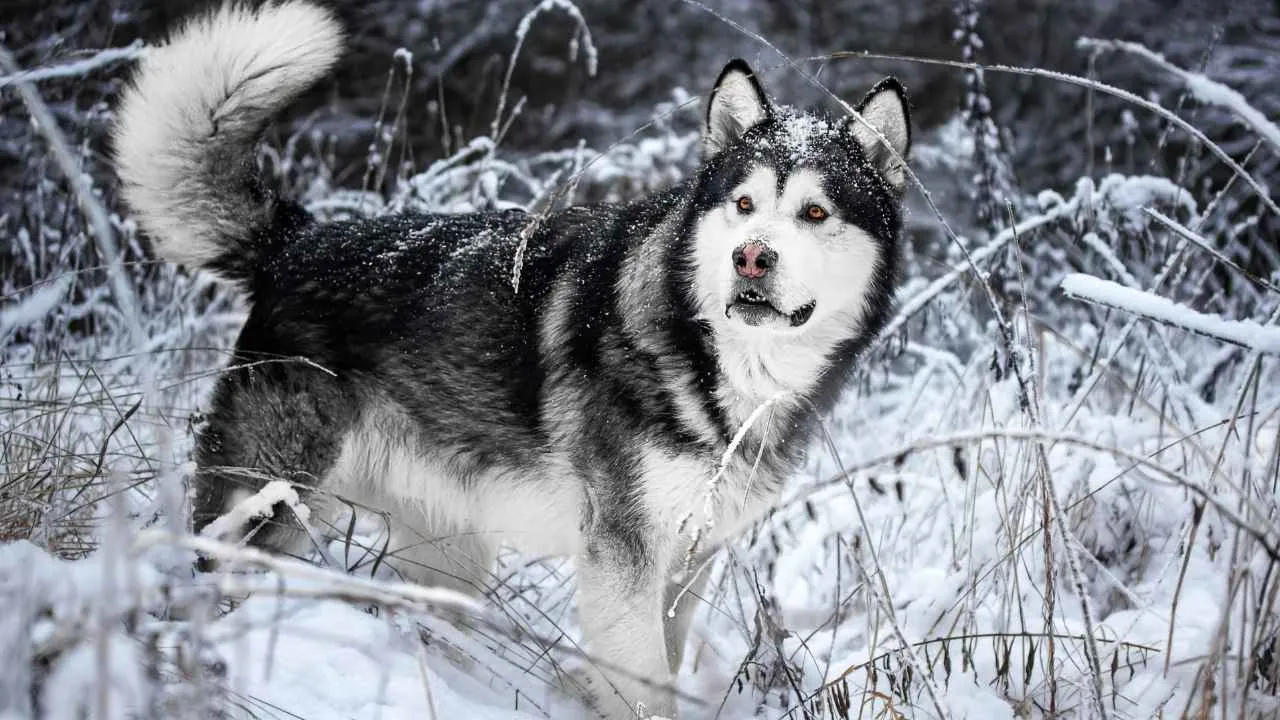
The Alaskan Malamute, one of the oldest Arctic sled dog breeds, traces its lineage back over 4,000 years to domesticated wolf-dogs that migrated through the Bering Strait into North America. Britannica notes that Alaskan Malamutes thrive on daily long walks or hikes, along with energetic play sessions.
Named after the native Inuit tribe—the Mahlemiut—this ancient working breed was developed for its endurance, strength, and resilience in icy climates. Alaskan Malamutes stand 23 to 25 inches tall and weigh between 75 to 85 pounds, with powerful frames built for hauling heavy loads across vast frozen terrains.
With a distinct double coat and plumed tail carried proudly over the back, they were bred to thrive in extreme weather conditions. Their expressive almond-shaped brown eyes and erect ears give them a noble, approachable look that belies their incredible power.
Despite their workhorse origins, Malamutes are affectionate and loyal, making them loving family members when properly trained.
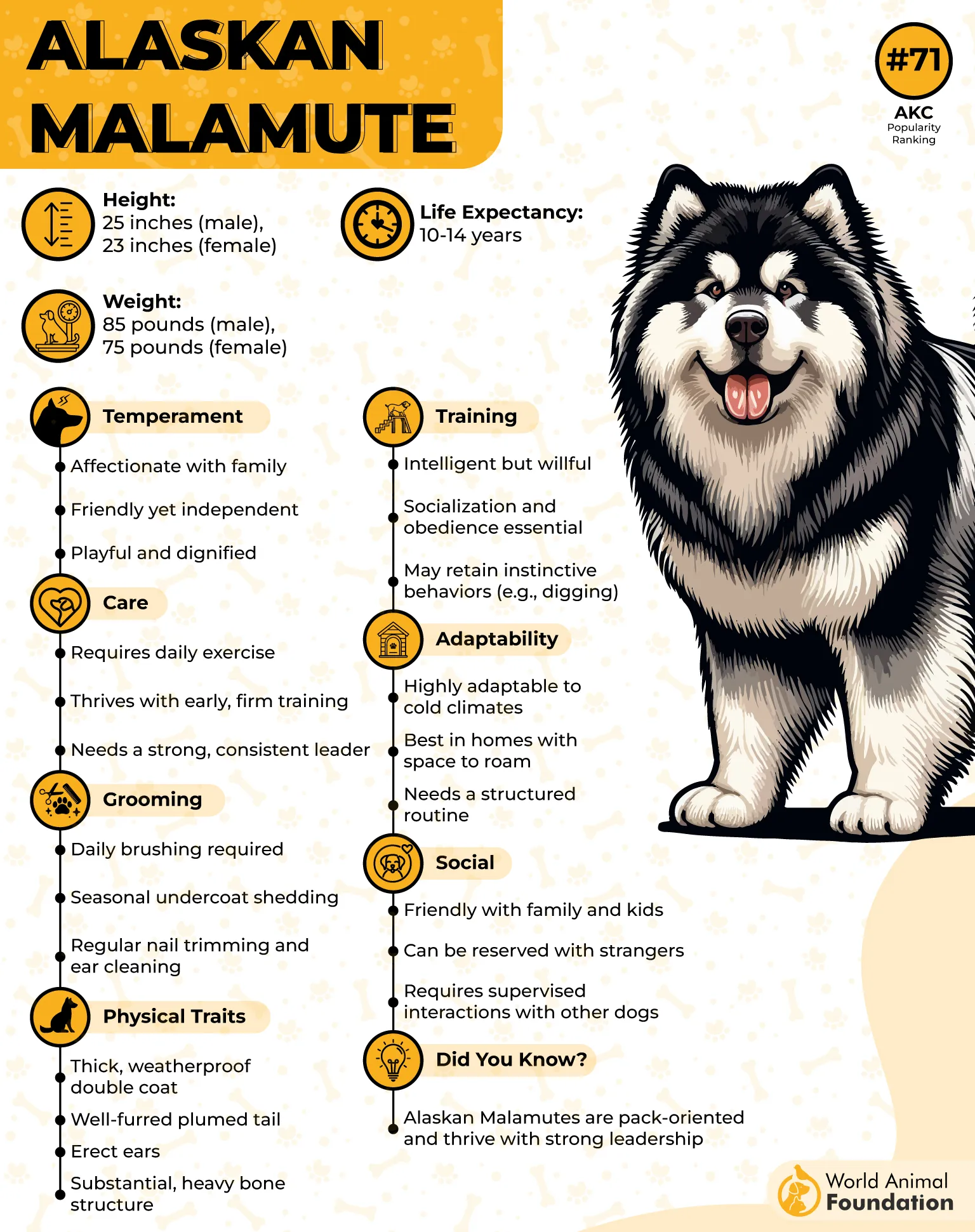
Unique Traits
Known for their dignified yet playful demeanor, Alaskan Malamutes are natural pack dogs that require firm but kind leadership. Their dense, weatherproof coat, strong shoulders, and substantial bone structure reflect their arctic origins. A fascinating fact: Malamutes are direct descendants of early wolf-dogs that lived and worked alongside humans during ancient migrations.
2. Chow Chow
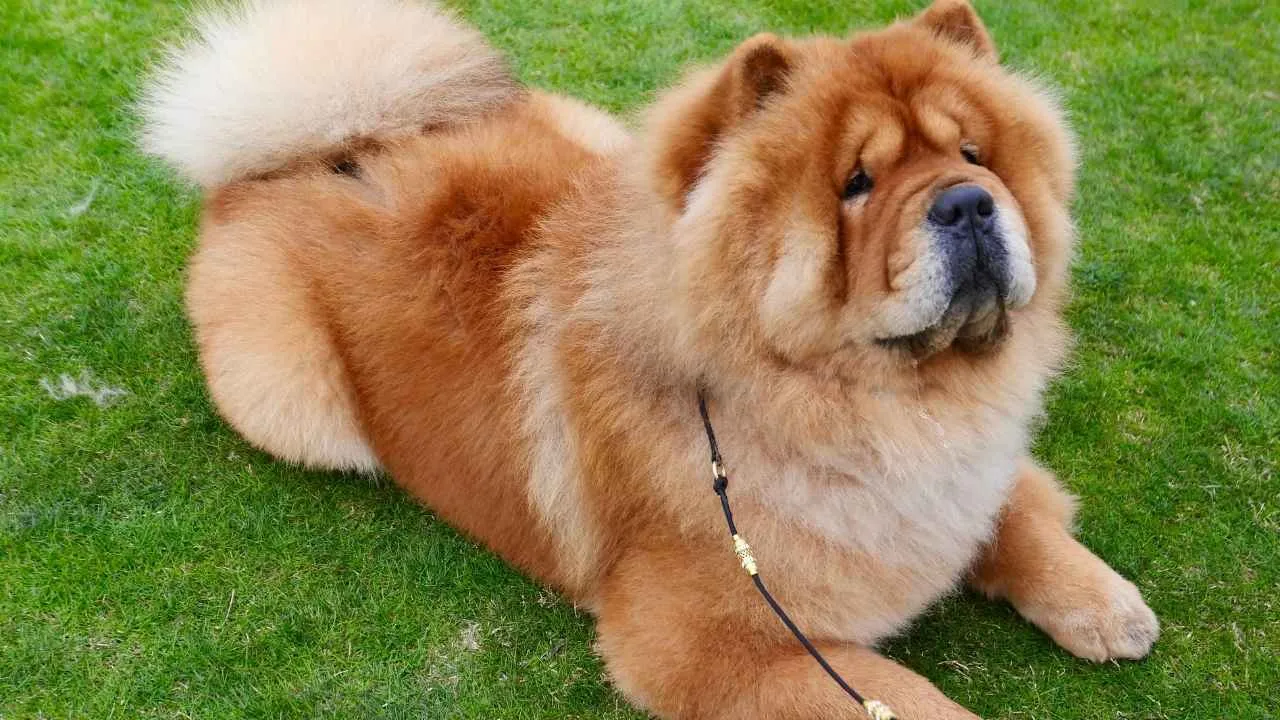
With a regal bearing and history stretching back over 2,000 years to China’s Han Dynasty, the Chow Chow is one of the most ancient and recognizable dog breeds still in existence.
Originally bred to serve Chinese nobility as hunters, haulers, and guardians, these deep-chested dogs reflect centuries of selective breeding for dignity, strength, and self-reliance. Standing up to 20 inches tall and weighing as much as 70 pounds, they are compact and powerful, with a commanding lion-like mane framing their face.
Chow Chows belong to the Non-Sporting Group and are known for their independence, quiet demeanor, and unique features—most notably their signature blue-black tongue and deeply set, almond-shaped eyes that give them a serious, almost scowling expression.
Their coats come in rough or smooth textures and in colors such as black, red, blue, cinnamon, and cream. PetMD explains that while the Chow Chow’s fluffy appearance may seem inviting for cuddles, this dignified breed generally prefers having its personal space respected.
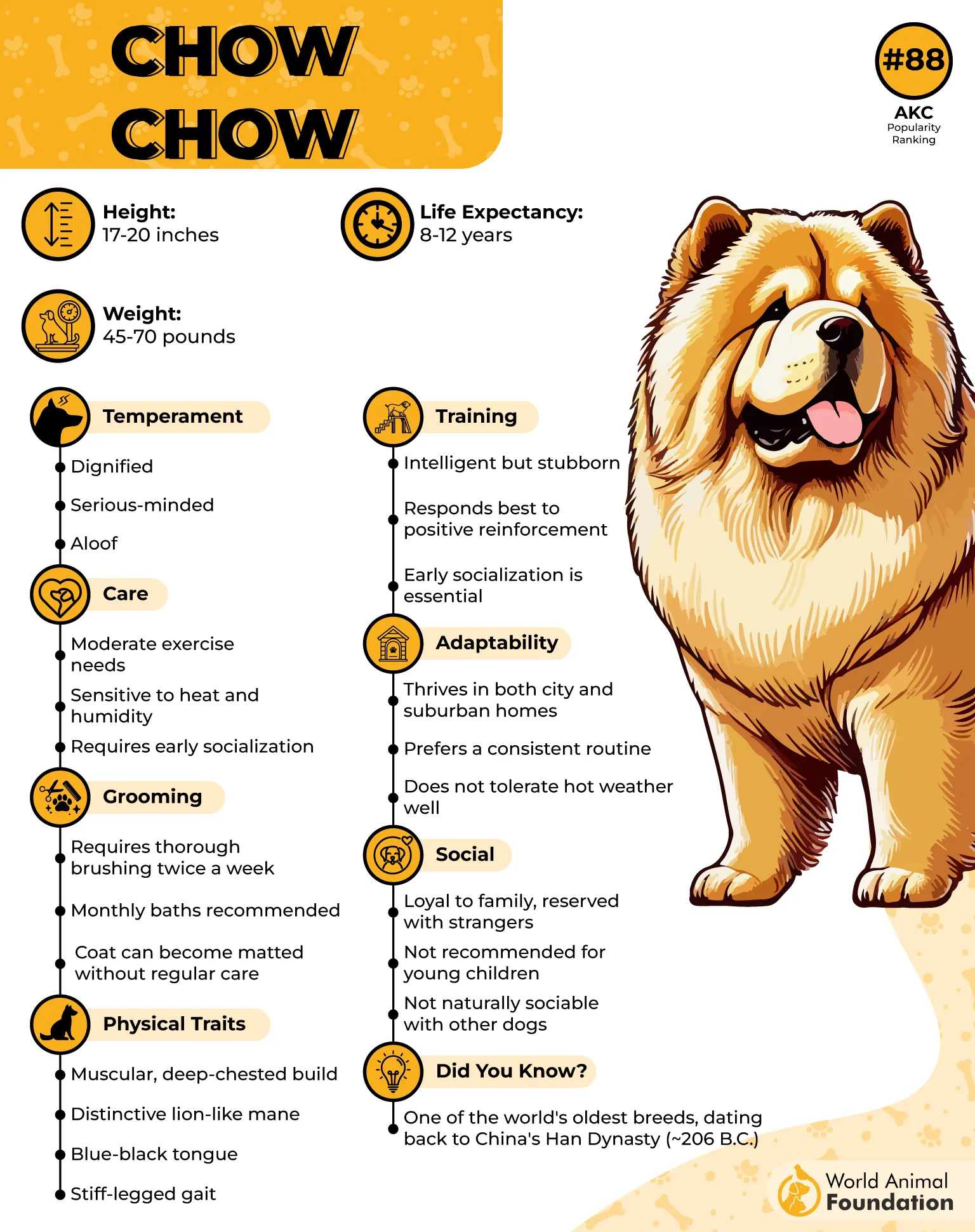
Unique Traits
Often compared to cats, these guard dogs are incredibly clean, low in odor, and easy to house-train. They form strong bonds with their family, are naturally aloof with strangers, and thrive best with respectful handling and early socialization. Interestingly, their stiff-legged gait is a notable quirk of the breed.
3. Afghan Hound
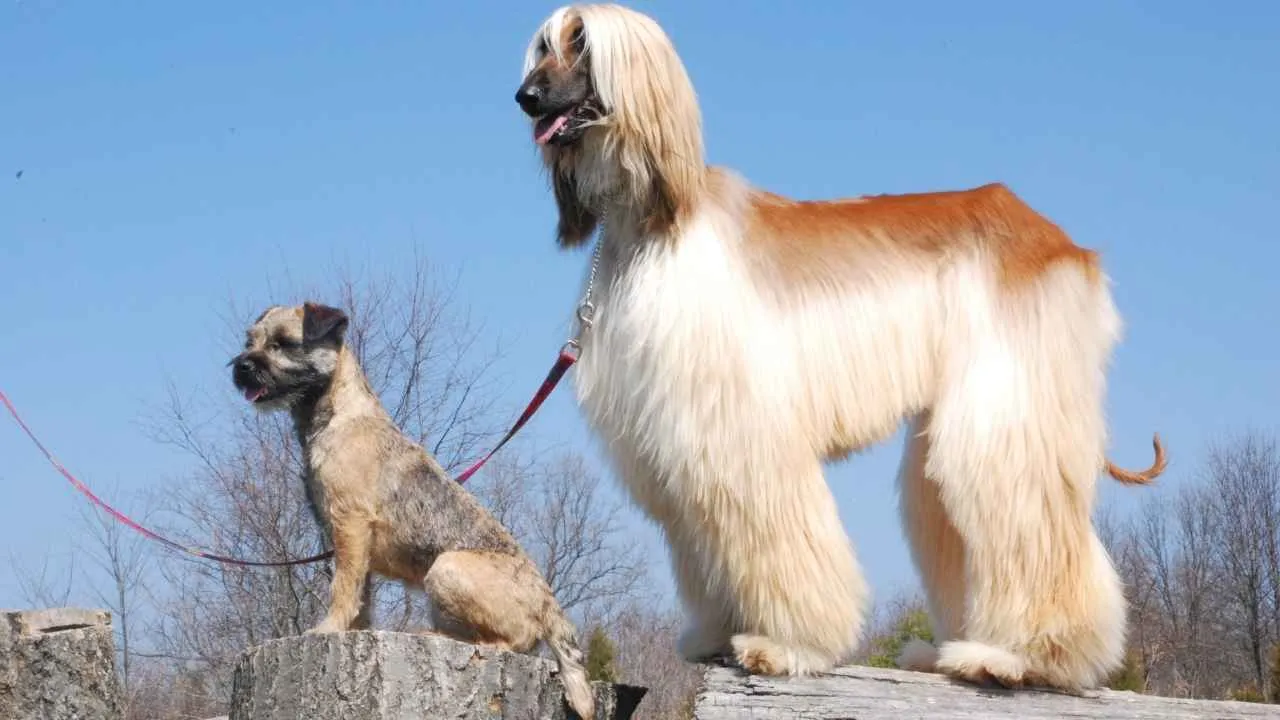
Graceful, poised, and one of the oldest sighthounds in existence, the Afghan Hound hails from the rugged mountains of Afghanistan. The AKC describes the Afghan Hound as a breed that is both independent and sweet-natured. This aristocratic breed was initially bred by nomadic tribes for hunting agile game like gazelles and hares across harsh terrains.
Revered not only for its speed and agility but also for its striking beauty, the Afghan Hound became a symbol of nobility and was often kept by royals and tribal leaders as a companion and status icon.
Weighing between 50 to 60 pounds and standing up to 27 inches tall, this breed is recognized for its silky, flowing coat and long limbs, making it an eye-catching figure in any setting. With a lifespan of 12–15 years, Afghan Hounds belong to the Hound Group and are known for their dignified independence and loyalty.
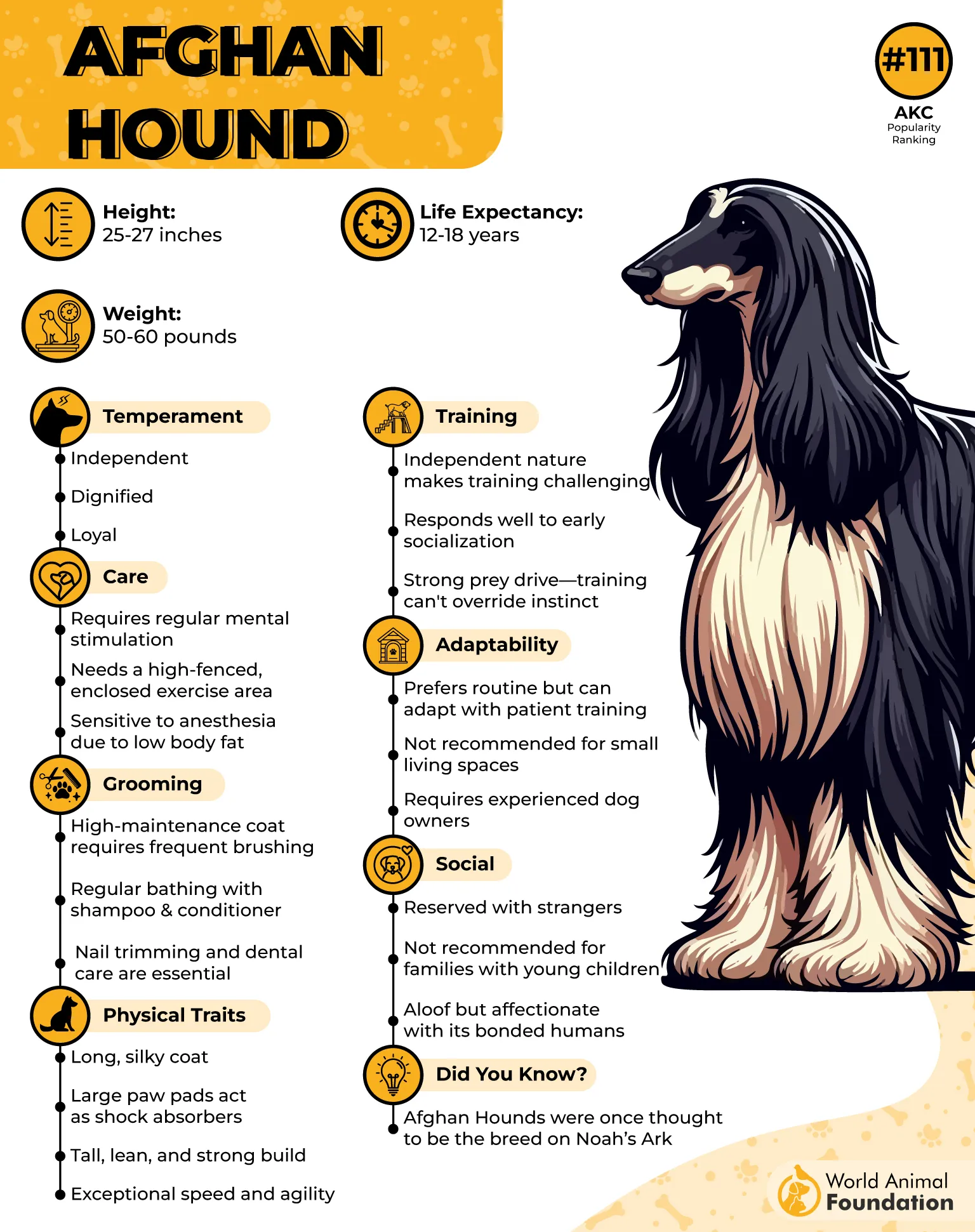
Unique Traits
Beneath the luxurious coat lies a powerful, agile hunter with massive paw pads designed to absorb impact across rugged landscapes.
Their aloof yet loyal demeanor makes them selective in their companionship. These independent dogs also display cat-like grace and self-assuredness, often forming deep, unshakable bonds with those they trust.
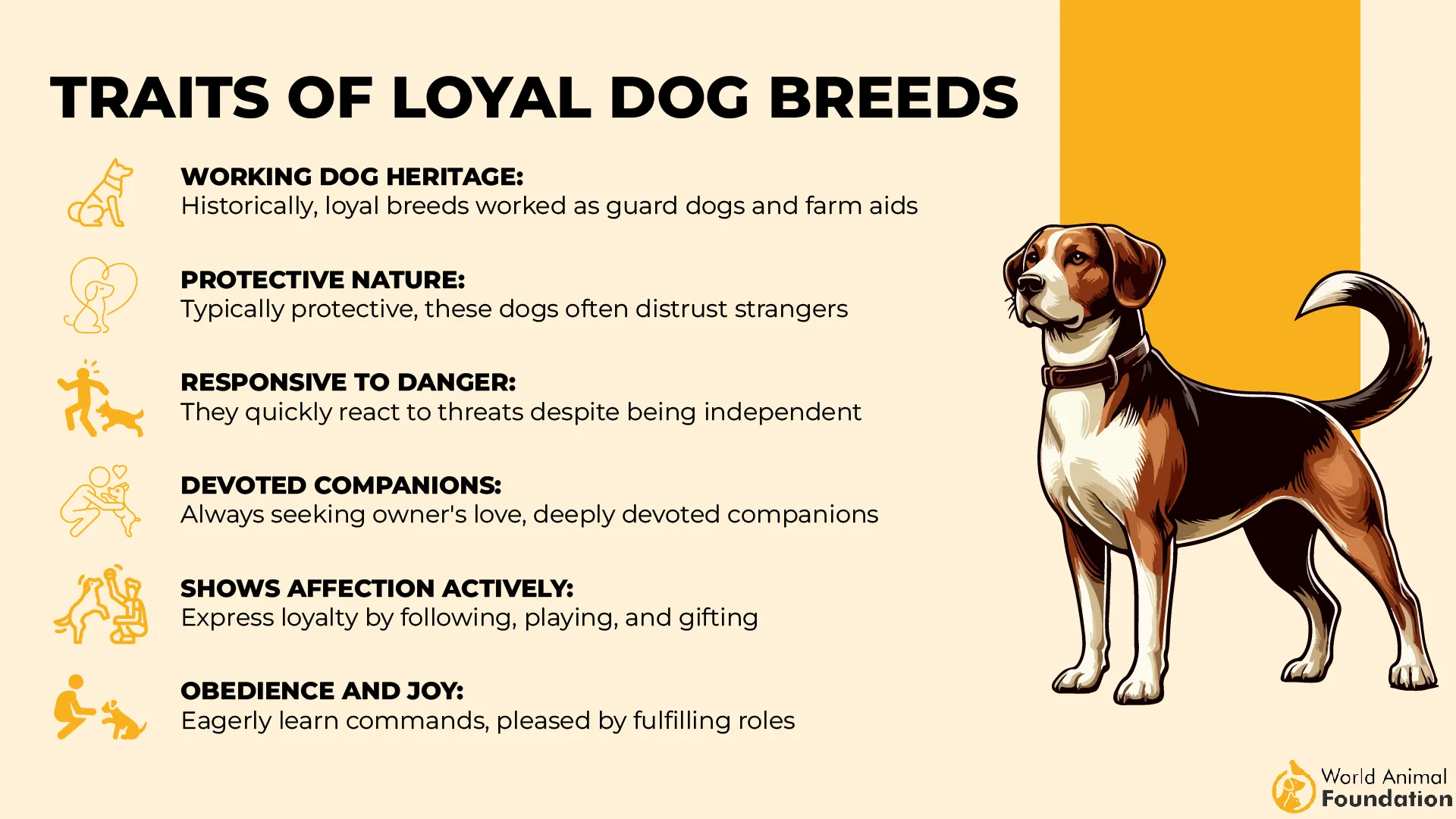
Fun Fact: Ancient carvings and paintings depict Afghan Hound-like dogs, hinting at their existence as far back as 4,000 years ago.
4. Samoyed
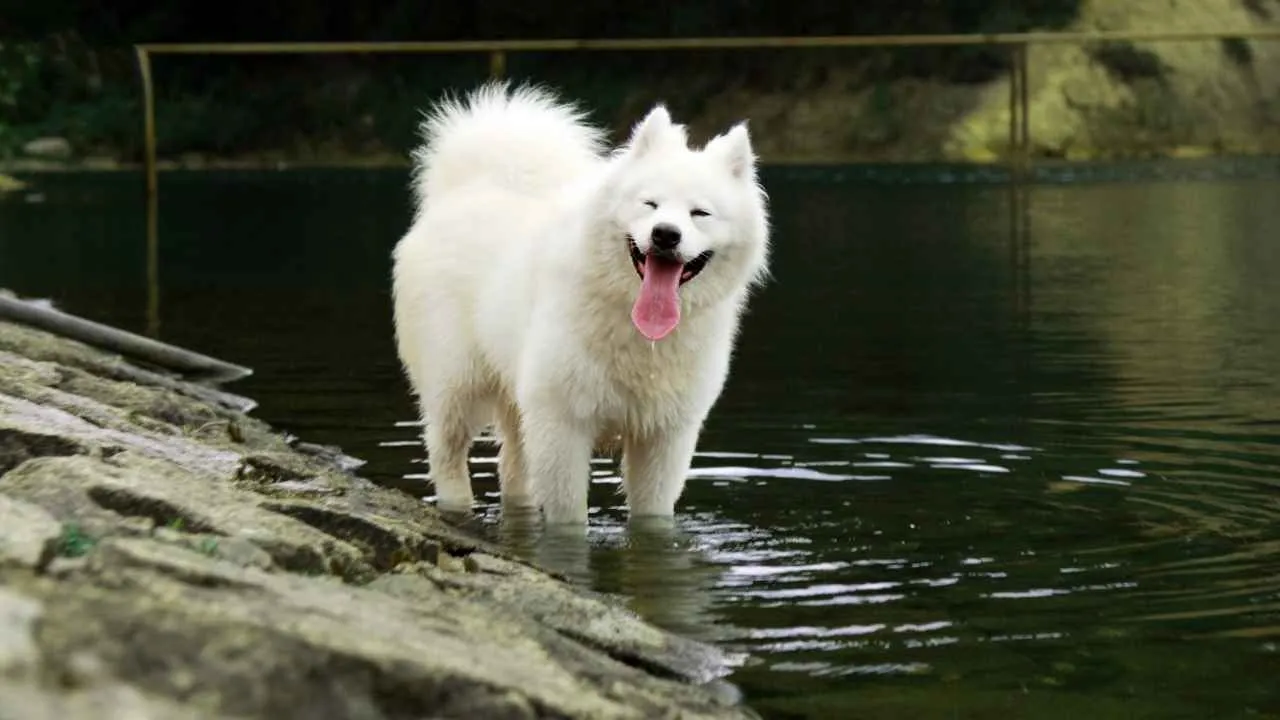
The Samoyed, affectionately known as the “smiling sled dog,” is one of the most ancient and resilient dog breeds still around today. Originating over 3,000 years ago, this breed was developed by the nomadic Samoyede people of Siberia.
Traditionally used for herding reindeer, pulling sleds, and even guarding their families, Samoyeds formed a strong bond with humans early on. Males typically stand between 21 and 23.5 inches tall and weigh up to 65 pounds, while females are slightly smaller.
Their thick, all-white double coat, signature upturned smile, and curled tail are hallmarks of the breed. WebMD describes Samoyeds as affectionate and high-energy dogs, known for their loving nature. Classified in the Working Group, Samoyeds live 12 to 14 years and are adored for their loyal, sociable nature.
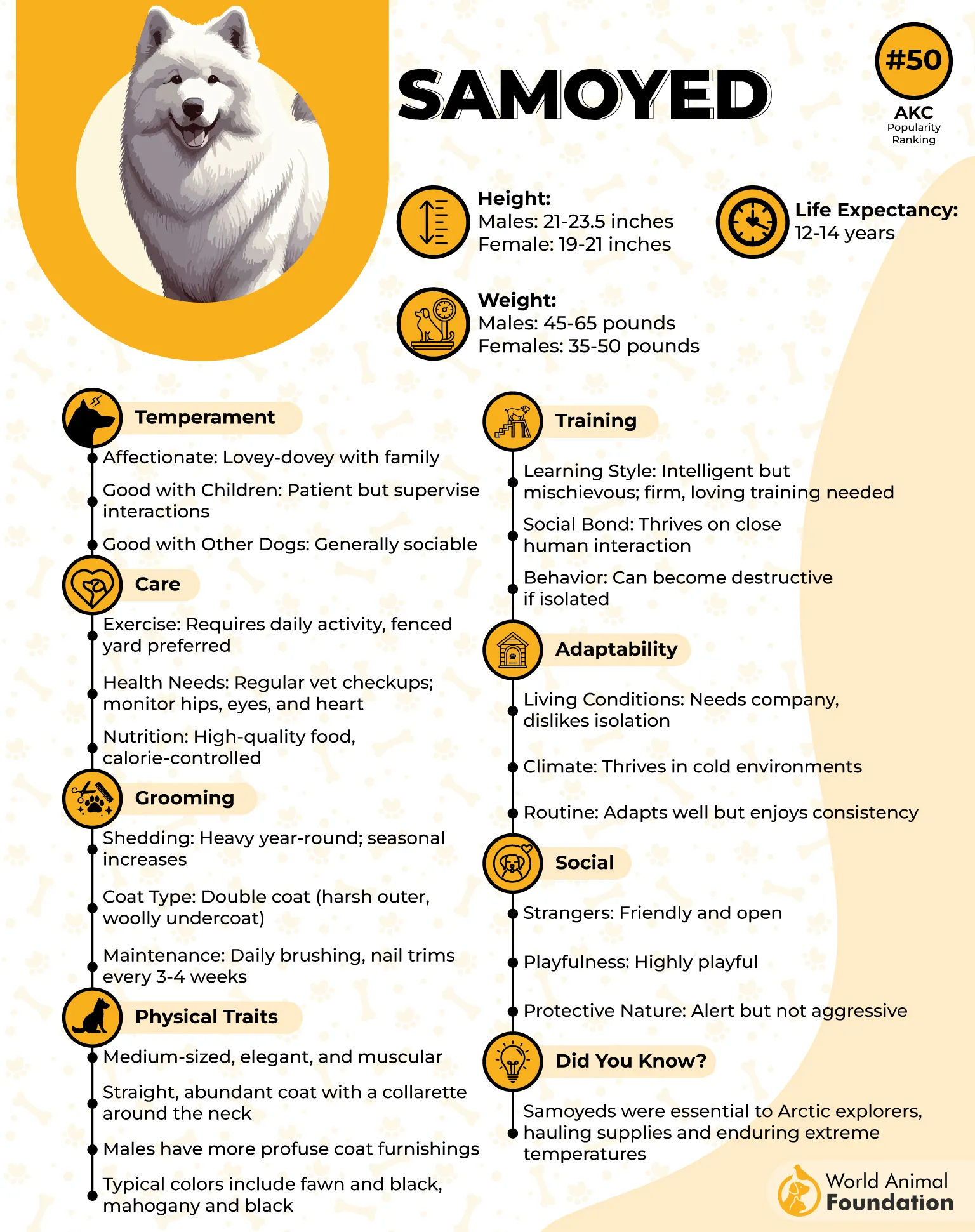
Unique Traits
Samoyeds are not just visually striking—they are also highly intelligent, energetic, and eager to please. Their legendary smile isn’t just charming; it helps prevent drooling and icicle formation in sub-zero climates.
Adaptable to family life, they need consistent training and lots of interaction. These vocal, quick-witted dogs thrive with attention and structure, making them ideal for experienced owners.
Fun Fact: In the Siberian town of Oymyakon—where temperatures drop to minus-60°F—Samoyeds continued to work outdoors, showcasing their unmatched endurance and weather resistance.
5. Pharaoh Hound
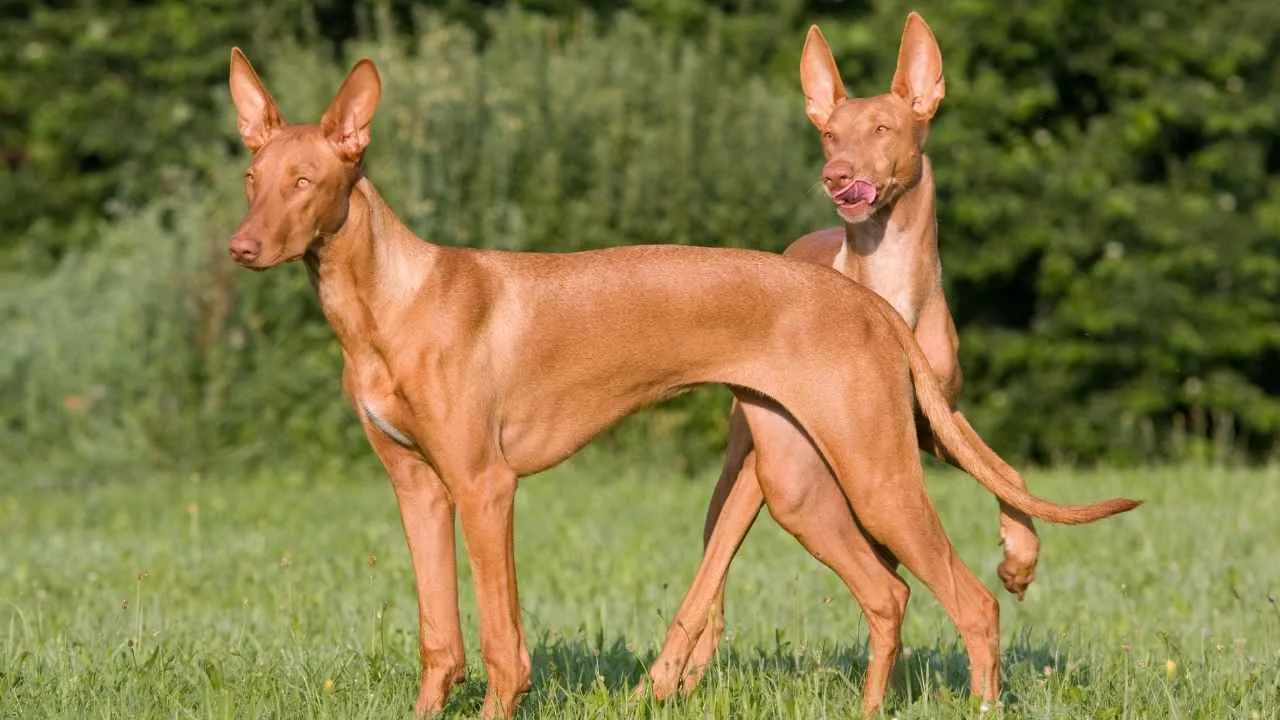
The Pharaoh Hound, also known as the “Blushing Dog” of Malta, is one of the most ancient breeds still in existence, with origins tracing back over 5,000 years to ancient Egypt. Thought to have traveled from Egypt to Phoenician colonies, the breed remained remarkably preserved due to protection by Maltese farmers.
This medium-sized hound stands between 21–25 inches tall and typically weighs 45–55 pounds. Known for its regal posture, slender build, and large upright ears, the Pharaoh Hound exudes elegance. Their short coat appears in rich hues like tan, chestnut, or golden-red, perfectly complementing their amber eyes and the distinctive white-tipped tail.
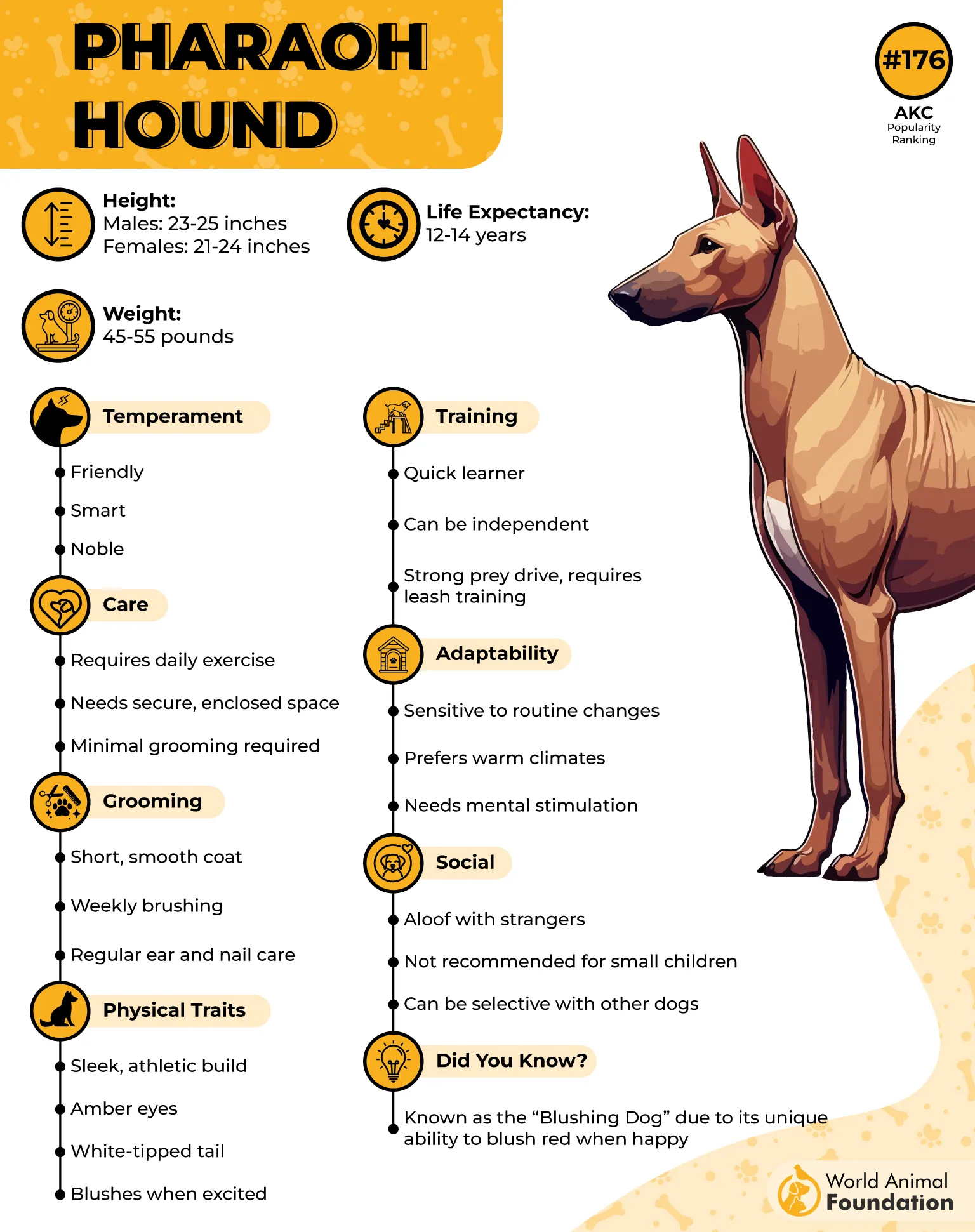
Unique Traits
Pharaoh Hounds are prized for their speed, grace, and tenacity, characteristics inherited from their coursing hound ancestors. They’re capable of hunting game across rugged terrain and are equally affectionate and calm in a home setting.
One of their most endearing quirks is their tendency to “blush” — their nose and ears turn pinkish when they’re excited or joyful. Their intelligence, sociability, and unusual ability to smile make them memorable companions.
Fun Fact: Ancient Egyptians admired this breed so much that their likeness was carved into tombs — a testament to their esteemed place in history.
6. Shiba Inu
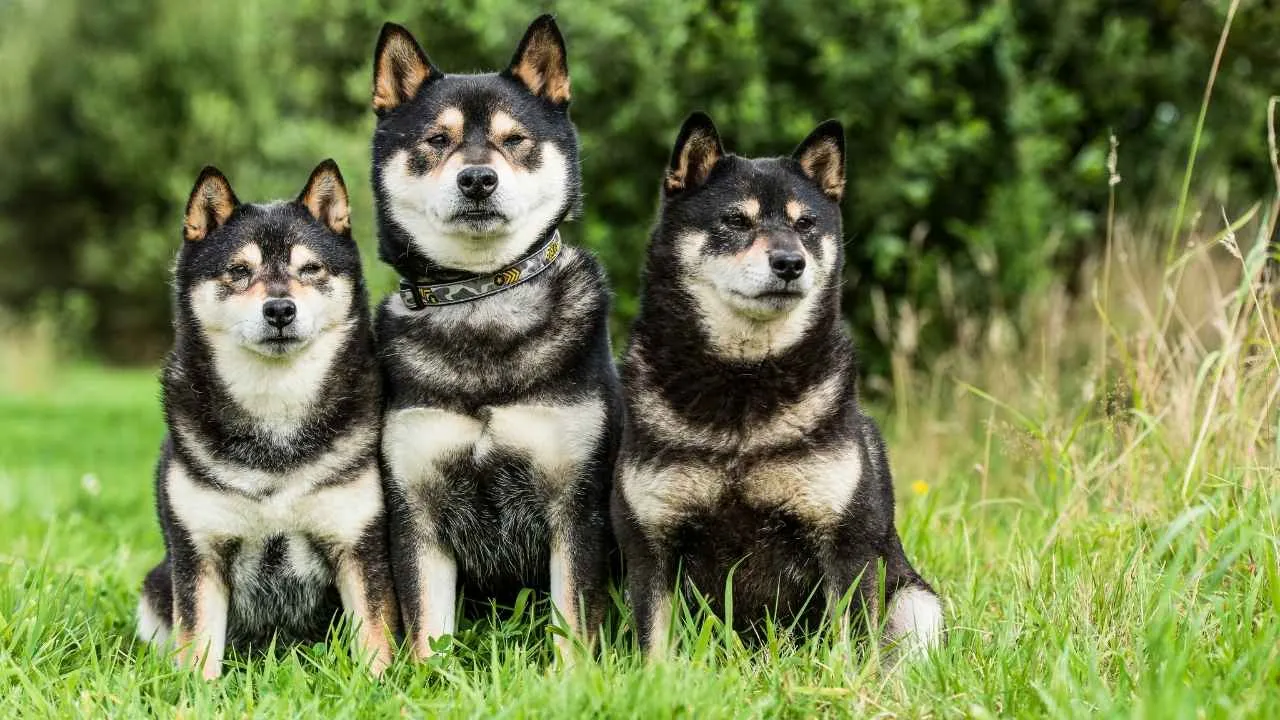
The Shiba Inu is one of Japan’s most ancient and cherished dog breeds, dating back to around 7000 BC. Once used for hunting small game and wild boar, this compact and agile dog is one of the oldest dog breeds and the smallest of Japan’s native breeds.
Weighing up to 23 pounds and reaching a height of around 14 to 17 inches, the Shiba Inu is known for its upright ears, curled tail, and fox-like appearance. They come in colors like red, sesame, and black and tan, often with cream or white markings.
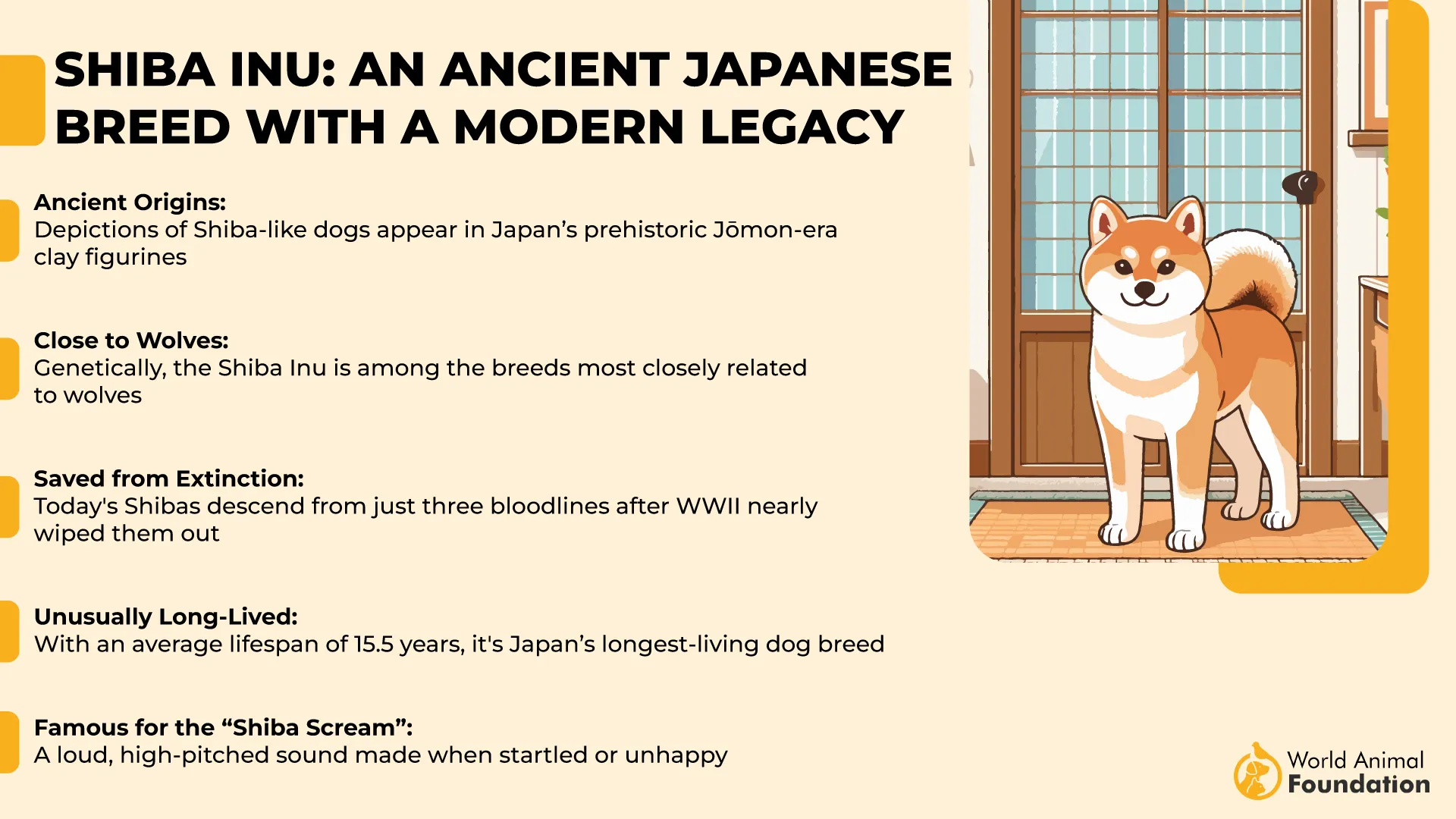
Although a reserved breed, they are deeply loyal and affectionate toward their families. Originally depicted in prehistoric dogū figurines during Japan’s Jōmon period, the Shiba remains a cultural icon and the most popular breed in Japan.
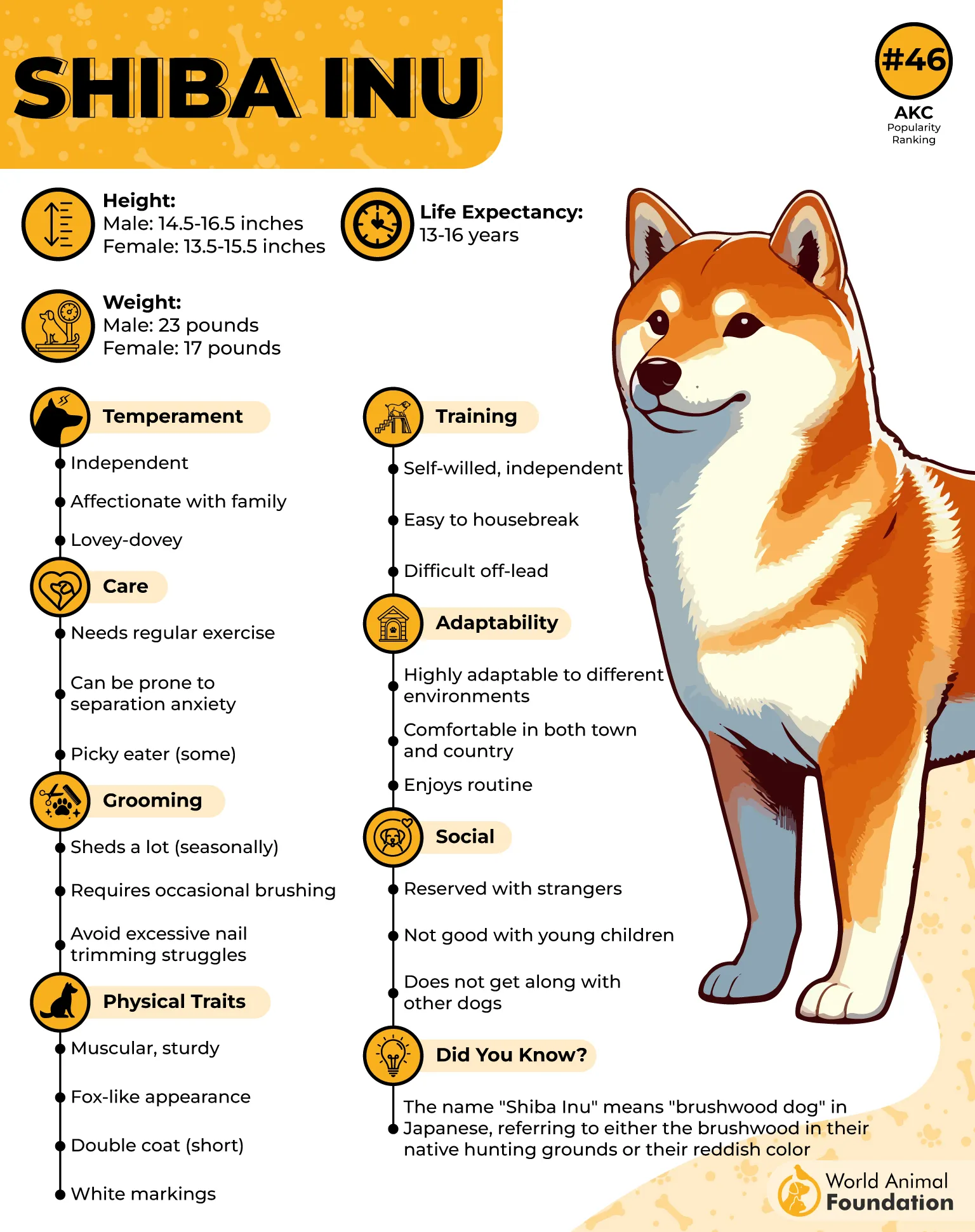
Unique Traits
These loyal dogs are intelligent and alert, with a dignified personality that sometimes borders on stubbornness. While they can be reserved with strangers, they tend to bond deeply with their families. They require mental stimulation and can thrive in both rural and urban environments. Their plush coat and naturally clean habits add to their appeal.
Fact: Despite their ancient roots, the Shiba Inu only arrived in the U.S. about 60 years ago but has quickly gained popularity for its bold spirit and endearing charm.
7. Saluki
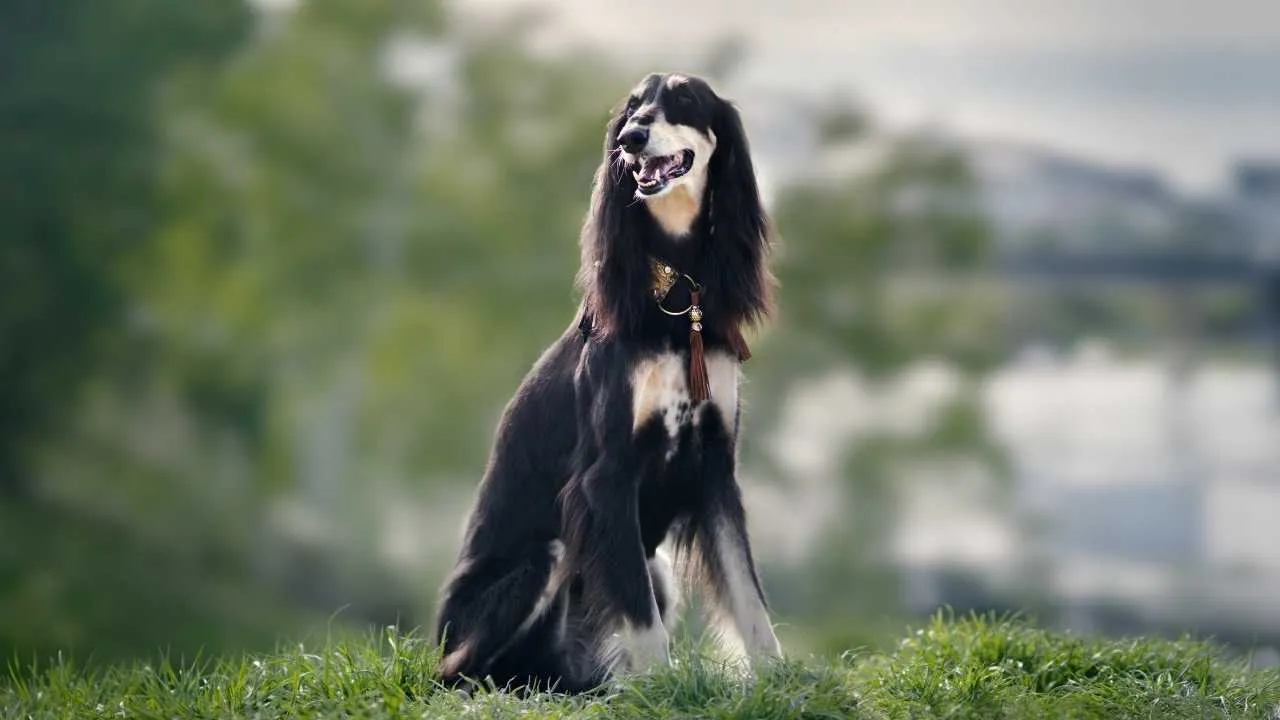
Elegant and ancient, the Saluki—also known as the Persian Greyhound—traces its lineage to the Middle East, dating back at least 5,000 years. Revered as the royal hunting hound of ancient Egypt, Salukis were often mummified and depicted in tombs alongside pharaohs, signifying their esteemed status.
This breed’s legacy also extends to Sumerian artifacts from as early as 6,000 BC, further confirming its role as a treasured companion of nobility. Classified within the hound group, Salukis typically weigh between 40 to 65 pounds and stand around 23 to 28 inches tall, with females generally on the smaller side.
Their slim yet muscular frame, long legs, and feathered ears contribute to their graceful and aristocratic appearance. They have a long life span, ranging from 10 to 17 years.
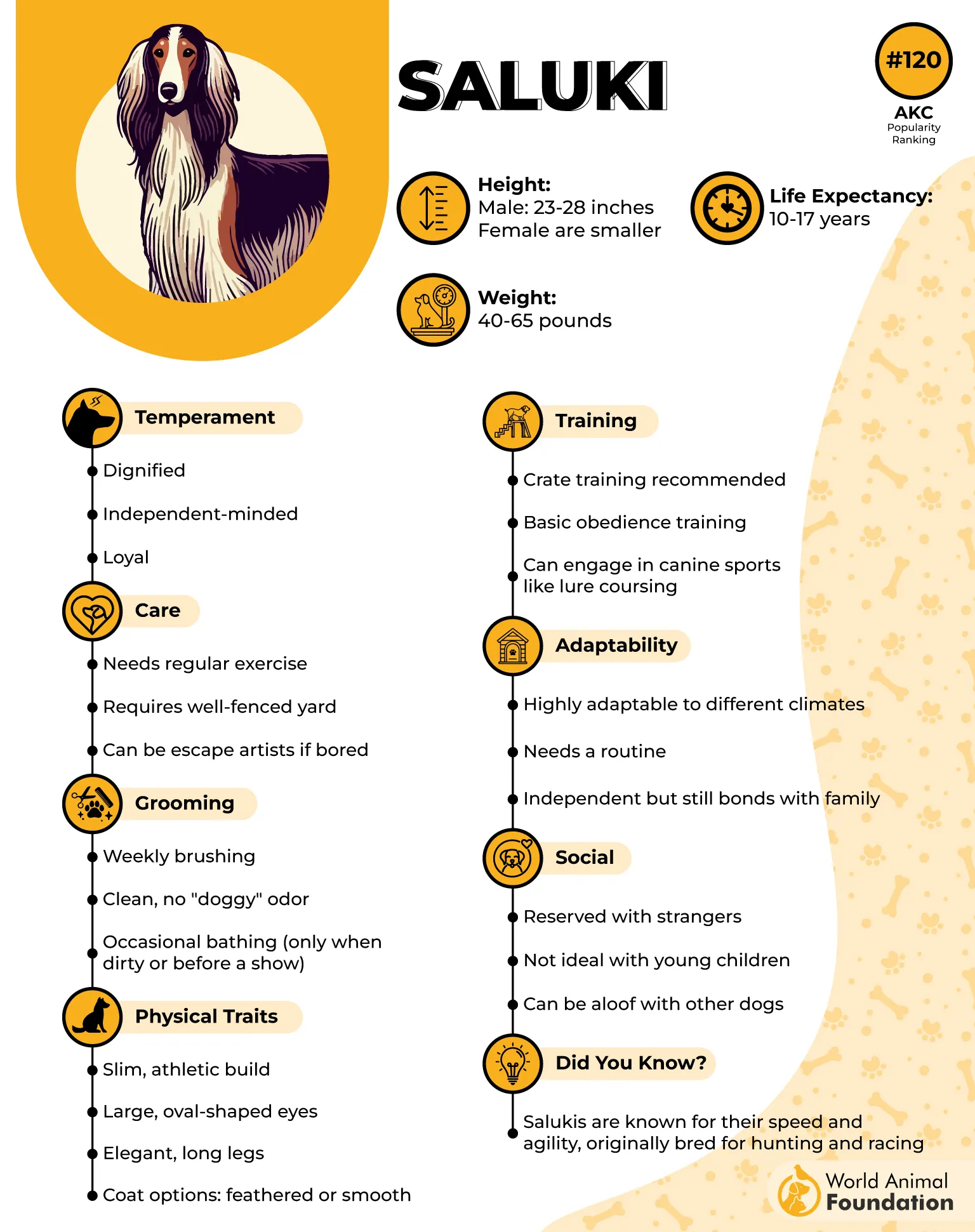
Unique Traits
The Saluki is the epitome of balance and speed, built for endurance and swift pursuits across open terrain. Their warm, intelligent eyes and calm, dignified nature make them endearing companions.
Despite their aloof independence, they are deeply loyal to their families. Notably, Salukis are agile jumpers and require high fencing to safely enjoy outdoor play. A fascinating fact: Salukis were considered sacred by ancient Egyptians, who honored them through burial rituals.
8. Basenji
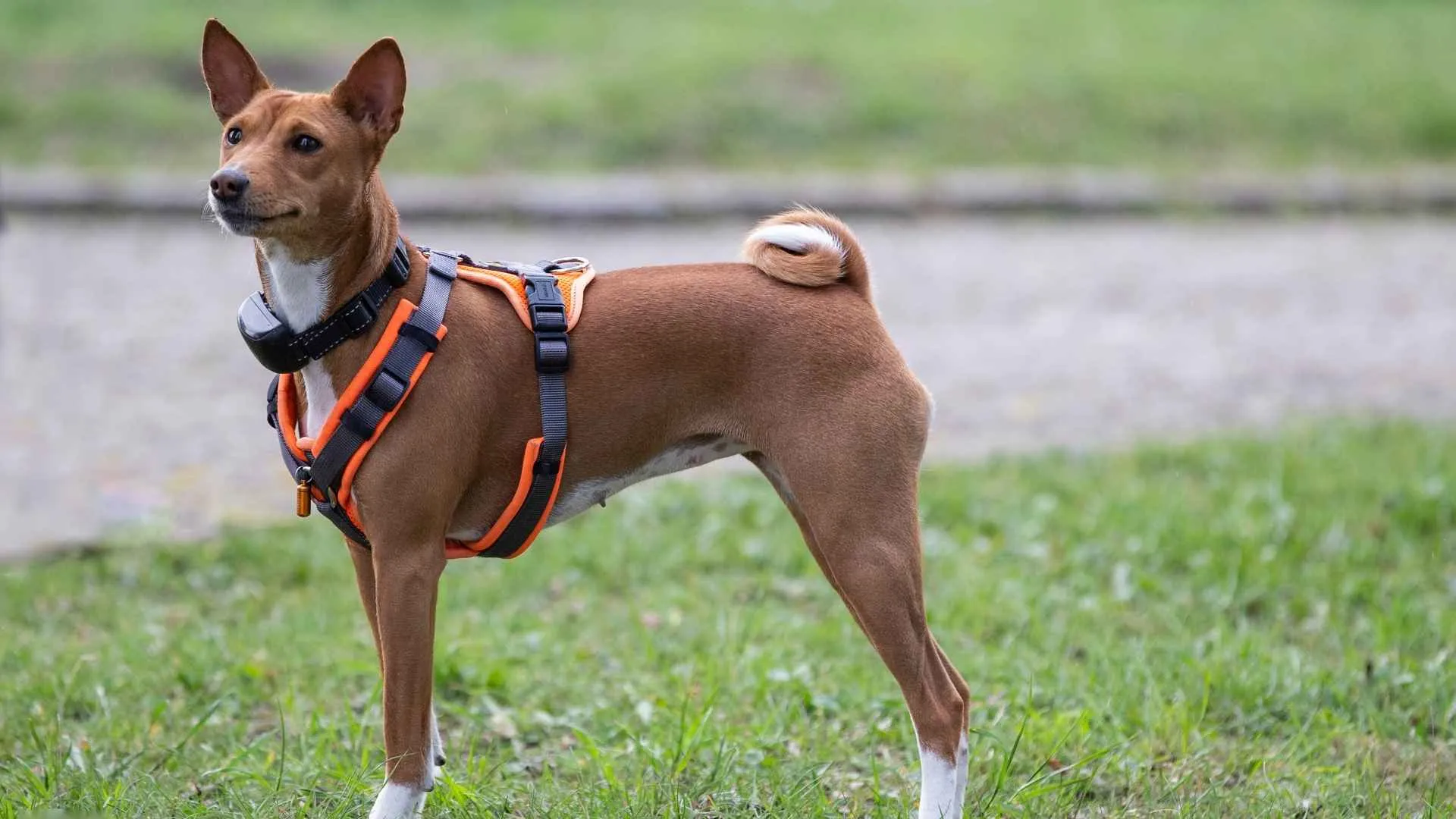
The Basenji, often referred to as the “barkless dog,” is one of the most distinctive and enduring ancient breeds. Originating from Central Africa, particularly the Congo Basin, this small hound has a remarkable lineage that traces back thousands of years. Artifacts and cave paintings from as far back as 6000 BC depict dogs with Basenji-like features, underlining their deep historical roots.
This breed was traditionally used by African hunters for driving game into nets and has remained largely unchanged over the centuries.
Standing about 16 to 17 inches tall and weighing between 22 to 24 pounds, the Basenji features a sleek, short coat, a tightly curled tail, and a wrinkled brow that gives it a perceptive, almost human expression. Recognized by the American Kennel Club as a hound, the Basenji typically lives 13 to 14 years.
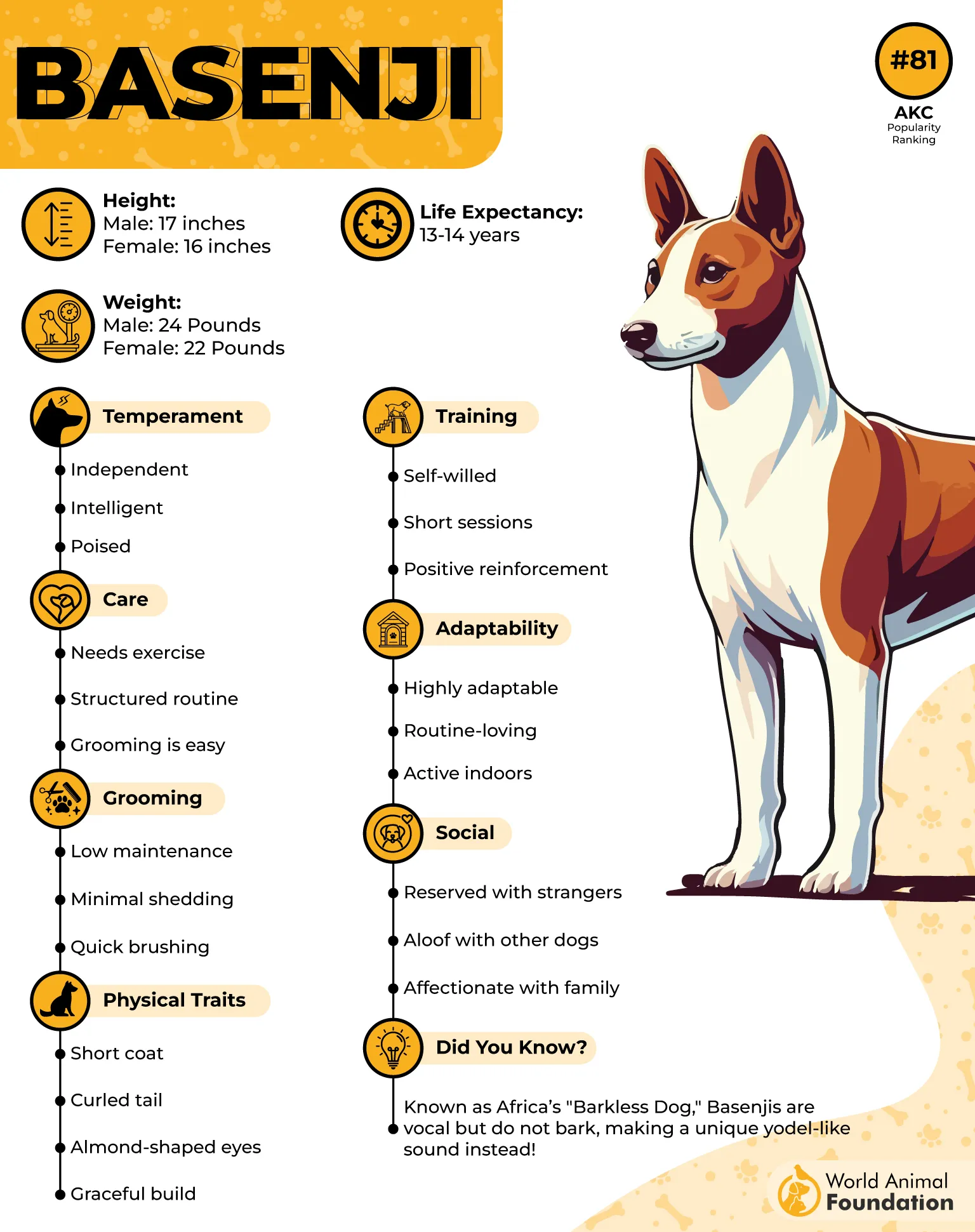
Unique Traits
Unlike most breeds, the Basenji doesn’t bark—instead, it communicates through unique yodel-like sounds called “baroos.”
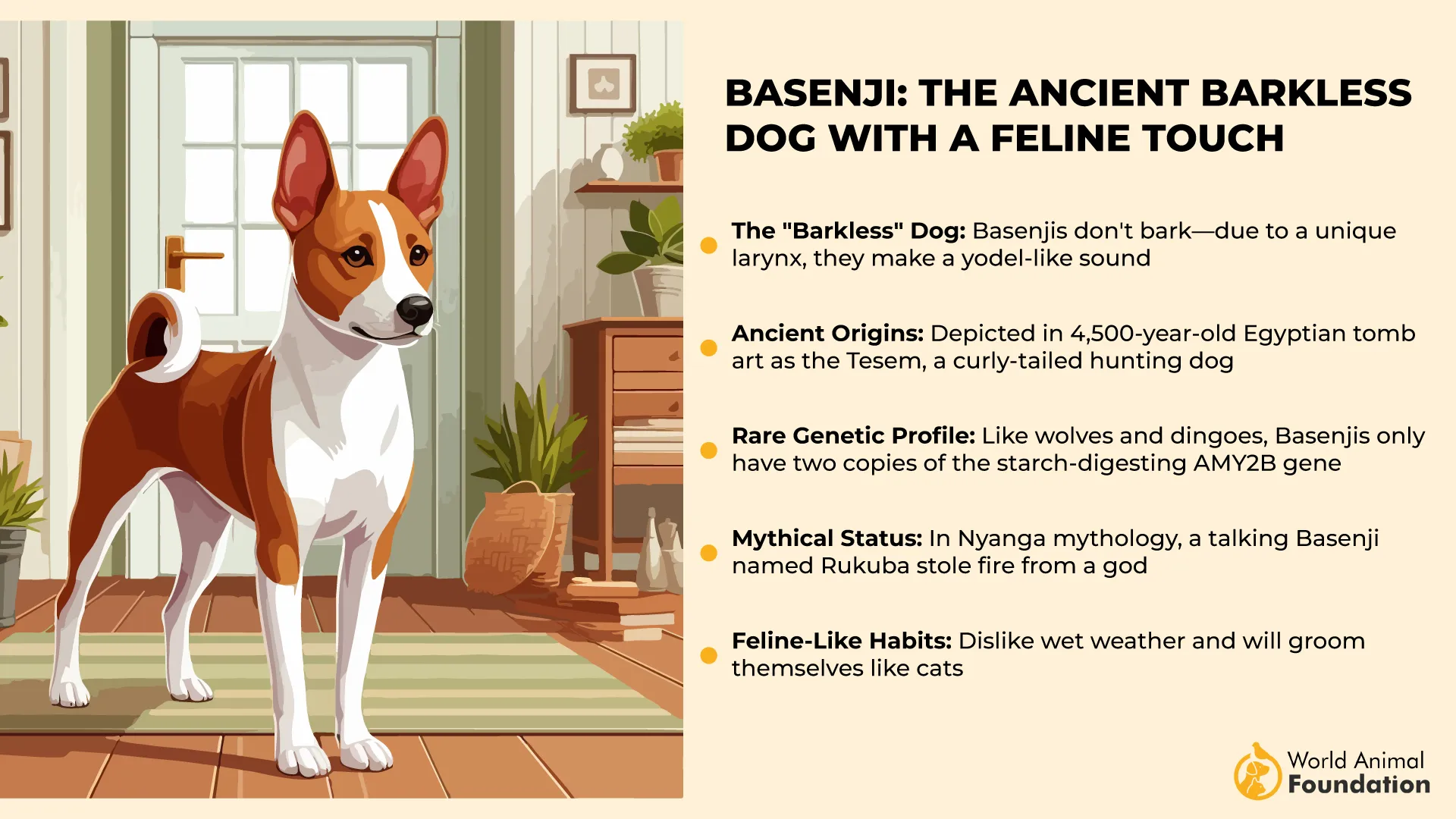
This highly intelligent dog is independent, clean, and often grooms itself like a cat. Its aloof nature with strangers and sharp awareness make it both intriguing and challenging. A notable fact: Basenjis are among the few dog breeds that don’t emit a typical doggy odor.
9. Lhasa Apso
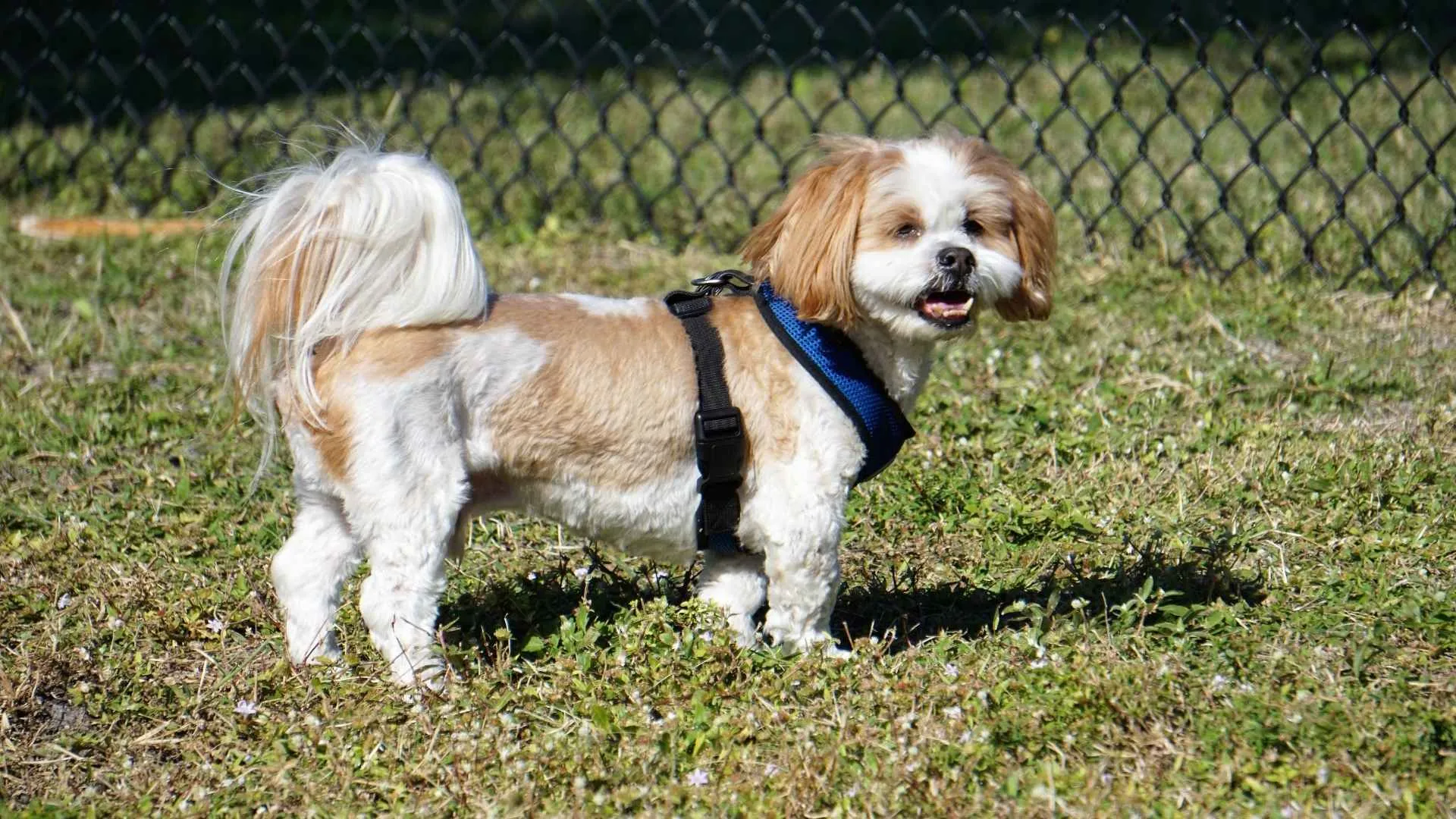
Bred for centuries in the Himalayan heights of Tibet, the Lhasa Apso—also known as Abso Seng Kye or the “bark lion sentinel dog”—is steeped in spiritual and noble history. Dating back to around 8000 BCE, these dogs were once considered sacred, believed to house the souls of deceased llamas.
Originating as palace and monastery sentinels, they were prized for their keen hearing and alert nature. With a height of 10 to 11 inches and weighing 12 to 18 pounds, Lhasas possess a compact, sturdy body and an unmistakably regal bearing.
Their luxurious, floor-length coats and curle,d plumed tails give them an aristocratic charm. Originally categorized under the terrier group when introduced to the U.S. in the 1930s, they are now part of the Non-Sporting Group, living up to a lifespan of 12 to 15 years.
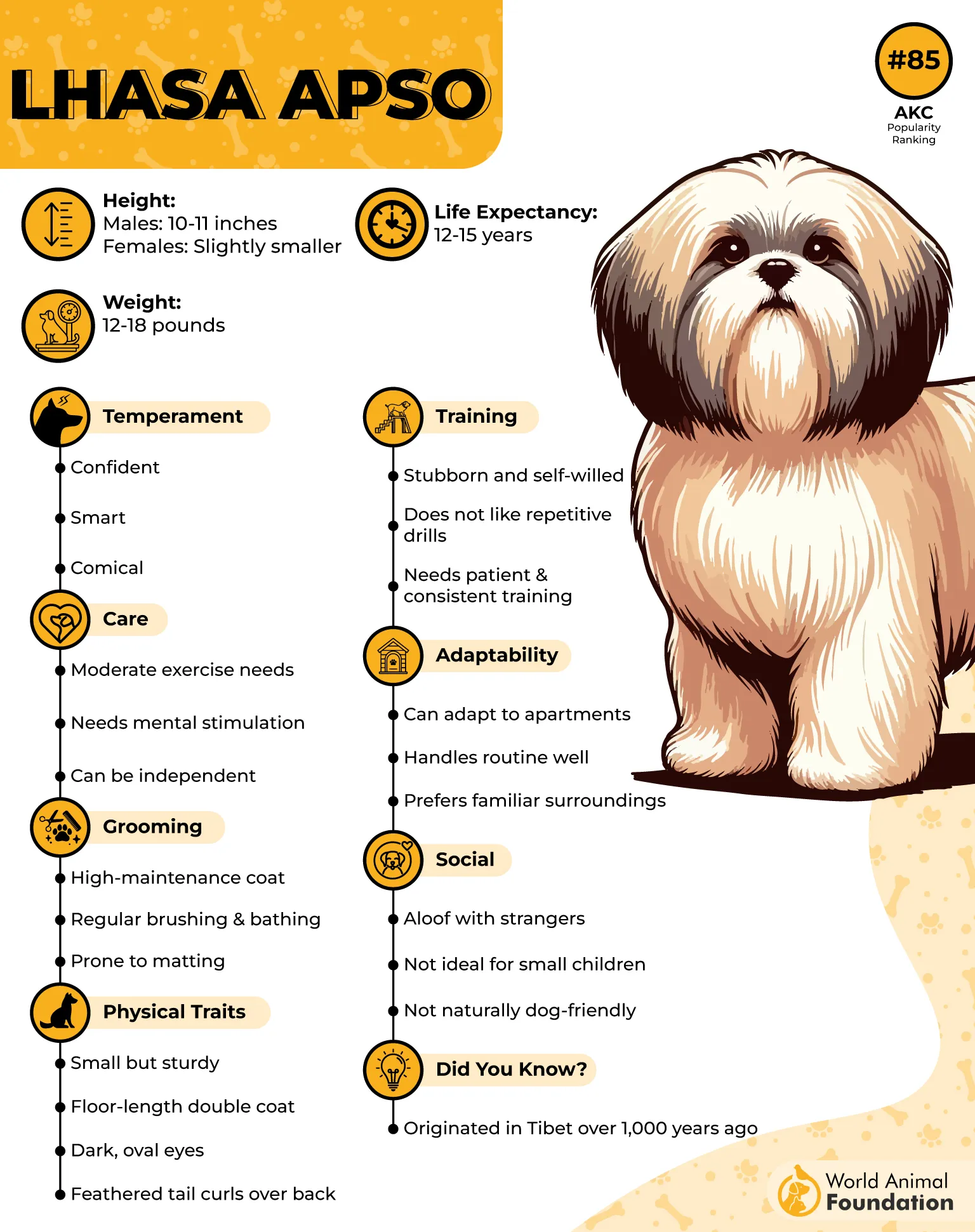
Unique Traits
Lhasas are confident, independent, and deeply loyal. They form strong family bonds but remain aloof with strangers. Their natural watchfulness makes them moderate barkers and excellent alert dogs. This breed can experience separation anxiety if left alone for too long.
Fun Fact: DNA research confirms the Lhasa Apso as one of the 14 most ancient dog breeds still in existence.
10. Tibetan Terrier
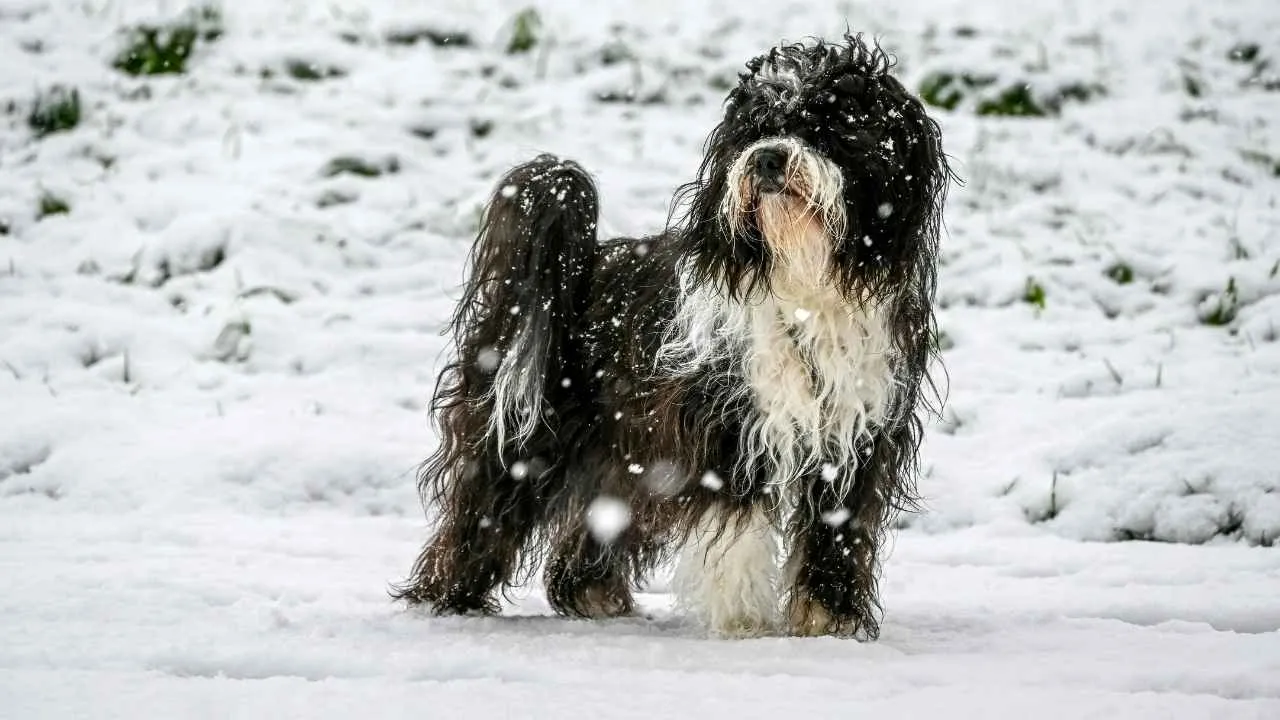
Known as the “Holy Dog of Tibet,” the Tibetan Terrier is an ancient breed that originated in the mountainous regions of Tibet, where it served as a versatile working dog. Often gifted by monks and never sold, these dogs were revered as good luck charms.
Despite their name, Tibetan Terriers are not true terriers but rather small-to-medium-sized companions bred for agility and resilience. Standing around 15 inches tall and weighing 20–24 pounds, they are distinguished by their long, fine double coat and large, flat “snowshoe” feet—perfect for navigating snowy terrain.
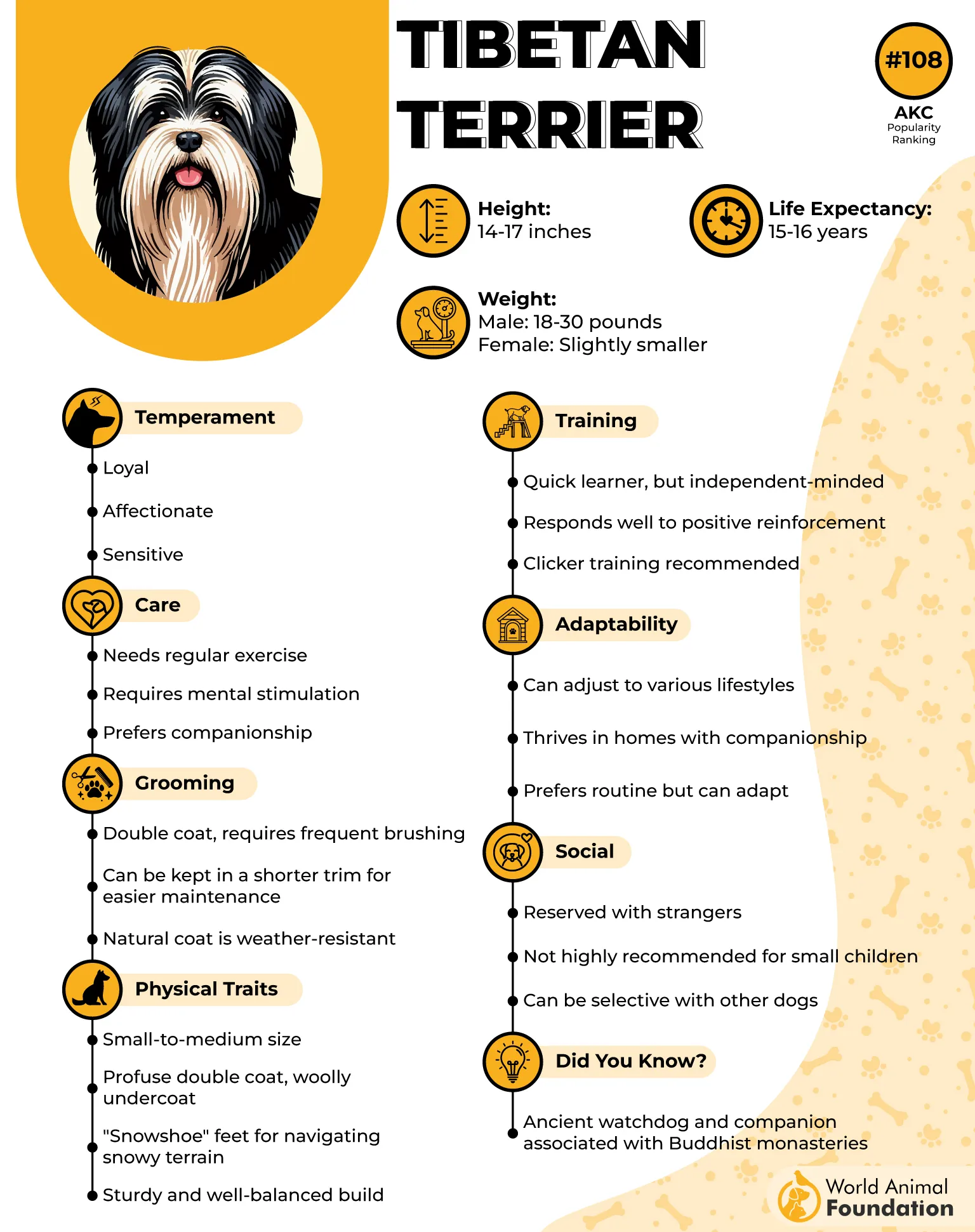
Unique Traits
Tibetan Terriers are affectionate and highly intelligent dogs that form deep bonds with their families. Their keen sense of hearing and natural protective instincts make them excellent watchdogs. Socialization from an early age helps them thrive alongside children and other pets.
Their signature “snowshoe” feet, developed over centuries, aid in traversing rugged Himalayan landscapes. This breed’s luxurious double coat also acts as insulation, protecting it from harsh climates.
Fact: Tibetan Terriers were historically used not only to guard monasteries but also to herd livestock and retrieve items lost down steep mountainsides.
Conclusion
From mountainous terrains to royal courts, ancient dog breeds have stood the test of time, preserving both their unique traits and storied pasts. These breeds are not just companions—they’re living history. The Akita Inu, revered in Japan, and the Shar Pei, once treasured by Chinese nobility, are excellent examples of how early civilizations shaped today’s canine companions. Even the graceful Afghan Hound, which originated in the rugged hills of Afghanistan, carries centuries of heritage in its swift stride and regal bearing.
Many of the breeds in the world today owe their lineage to these early dogs. From the loyal Siberian Husky, bred for stamina and sled-pulling, to the resilient Greenland sled dogs, many of these ancient canines exemplify how the domesticated dog evolved alongside humanity. While these breeds may differ from other dogs in behavior and appearance, their deep-rooted instincts, loyalty, and endurance continue to make them cherished and enduring companions in the modern age.


